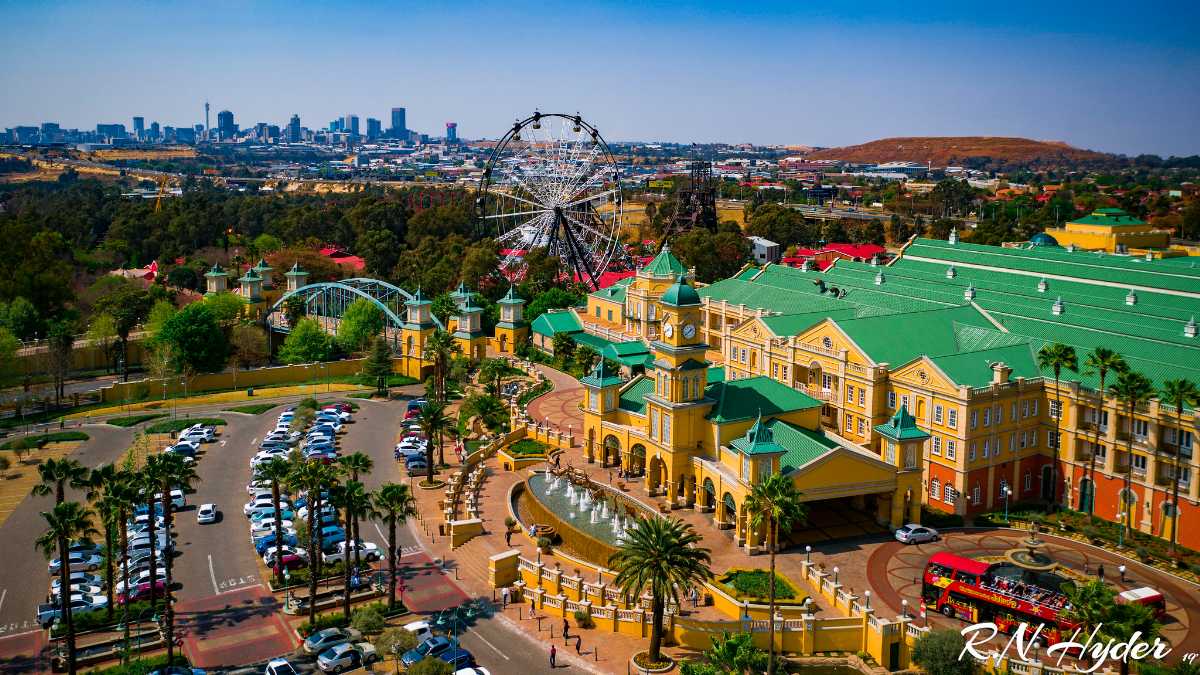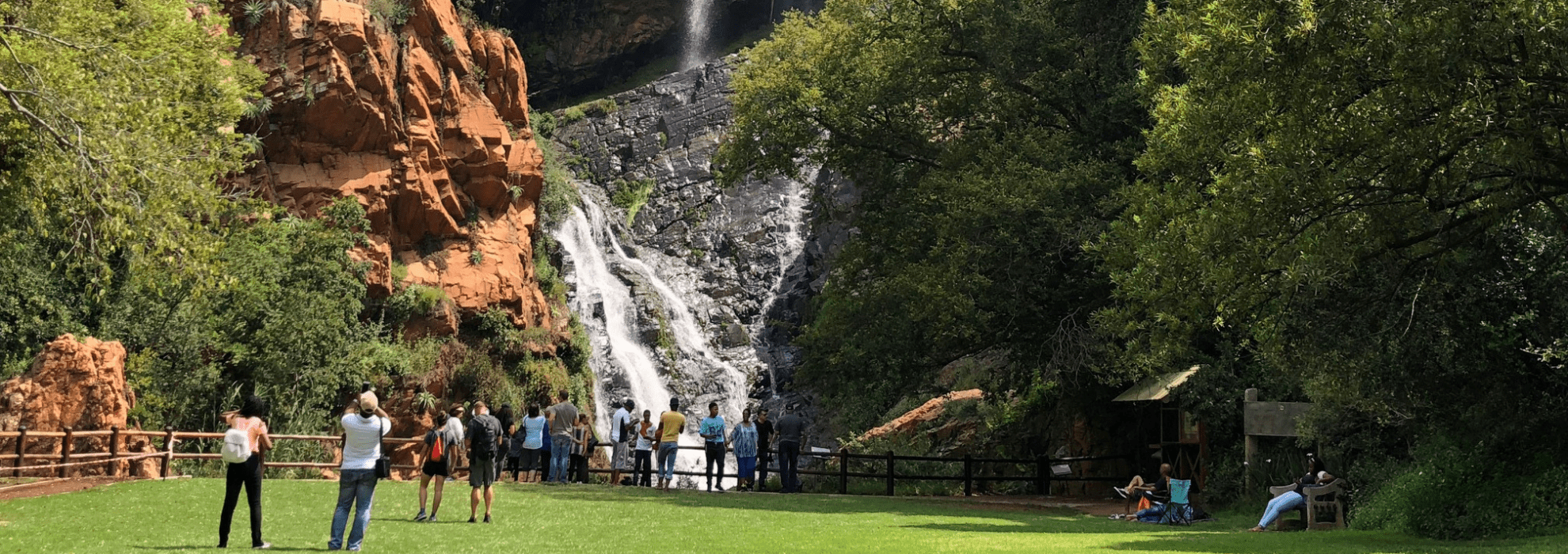Getting The Johannesburg North Attractions To Work
More About Johannesburg North Attractions
Table of ContentsThe Only Guide to Johannesburg North Attractions3 Easy Facts About Johannesburg North Attractions DescribedThe Greatest Guide To Johannesburg North AttractionsRumored Buzz on Johannesburg North AttractionsJohannesburg North Attractions - An OverviewGetting My Johannesburg North Attractions To Work
The city expanded on the side of the Witwatersrand Main Coral reef, a below ground stratum of gold-bearing quartz-silica conglomerate that arcs for hundreds of miles underneath the Highveld - Johannesburg North attractions. Most of the gold mines in the city stopped procedure in the 1970s, however in its day the Witwatersrand gold industry accounted for even more than 40 percent of the globe's yearly gold manufacturing.Johannesburg has a warm climate. The city enjoys regarding eight hours of sunlight per day in both wintertime and summertime.
What rain the city gets drops nearly exclusively in the summer season months, usually in amazing late-afternoon electrical tornados., where many residents still count on coal for fuel.

A Biased View of Johannesburg North Attractions
The equilibrium of the city is inhabited by whites. Holiday accommodation varies in personality and top quality. Soweto is notorious for its countless rows of municipally built, two-room matchbox homes, yet it also has a couple of flourishing territories along with bursting squatter camps, where tens of thousands live without water, electrical energy, or cleanliness facilities.
Physical growth, although somewhat restricted by transportation, continued quickly as immigration to South Africa, and Johannesburg in particular, boosted considerably.
Most bad residential areas were blended, with bad blacks and whites living with each other, although the rich suburban areas were normally booked for whites.
The number of people living in the inner city on a casual basis is unknown, as many are illegal immigrants. The joblessness, education and learning, and age profiles of the area are all unidentified, due to the difficulty of obtaining trusted details regarding the location.
A Biased View of Johannesburg North Attractions
Centred on the CBD, the region includes the residential areas of Yeoville, Bellevue, Troyeville, Jeppestown, and Berea to the east. To the west it spreads out to Pageview (Johannesburg North attractions) and Fordsburg. There are small industrial locations to the south, such as City West-Denver and Benrose. Around 800,000 travelers pass through the central city daily, and it functions as a regional purchasing node for visitors from the southerly residential areas. Yeoville and Bellevue have a mix of apartment or anonymous condo buildings and solitary property units on little whole lots. The region is situated on a hilly divide that runs from eastern to west.

Johannesburg Stadium, a training ground for both the Golden Lions and Orlando Pirates, is adjacent. The eastern suburbs of Johannesburg are situated in the city's 7th [] and 9th [] regions. The location is also functionally integrated with East Rand border towns beyond the main limit of Johannesburg, such as Bedfordview and Edenvale (both component of Ekurhuleni Metropolitan District).
Johannesburg North Attractions - The Facts
R. Tambo International Airport Terminal). The eastern suburbs are several of the earliest areas of Johannesburg, there are big communities of Jewish and various other European histories, the bulk of the populace is English speaking. There are three golf programs along with a number of safeguarded ridges with viewsites. There are several strong and up-market entertainment and shopping areas in the eastern such as the Eastgate Shopping Center and the Greenstone mall.
The location is primarily composed of old "matchbox" houses, or four-room homes built by the federal government, that were built to give economical holiday accommodation for black workers during apartheid. Soweto is an acronym, representing "South Western Townships". Street after road around is lined with matchboxes; nonetheless, there are a couple of smaller sized locations where flourishing Sowetans have built residences that are much more comparable in stature with those in more wealthy residential areas.
Hostels are one more prominent physical feature of Soweto. Initially constructed to house male migrant workers, several have actually been improved as houses for couples and families. The N1 Western Bypass skirts the eastern border of Soweto. The suburb was not historically enabled to develop employment centres within the area, so virtually all of its residents are travelers to various other parts of the city.
Some Of Johannesburg North Attractions
The domestic locations in the north residential areas are mostly formal, with no considerable locations of casual housing, or real estate that lacks a long-term structure. This is a over here well-known area, there is a fad of land use modification from household to industrial, particularly click reference along primary arterial roadways and around well-known nodes.
Roadways to the east and west are much less well created, as there are no highways taking a trip in that instructions. In the direction of the north boundary of the city, the density of development lowers, leaving huge areas of undeveloped land around Midrand.
See This Report on Johannesburg North Attractions
The initial suburb to the north of the central city is Parktown, which is located on a hillside ignoring the central city and Hillbrow. It has many well-off locals and Edwardian-style mansions, along with the Education and Clinical universities of the University of the Witwatersrand. The large concrete Charlotte Maxeke Johannesburg Academic Hospital controls the skyline of Parktown.